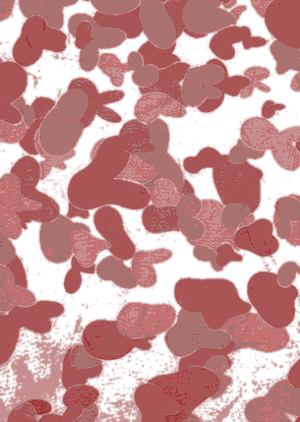Grim stats show ADF risk
 This article contains information some readers may find distressing as it refers to data about mental health, suicide and self-harm.
This article contains information some readers may find distressing as it refers to data about mental health, suicide and self-harm.
The Australian Institute of Health and Welfare (AIHW) has released the fifth annual update on suicide among serving and ex-serving members of the Australian Defence Force (ADF).
Chair of the Royal Commission into Defence and Veteran Suicide Nick Kaldas says the stats are a grave concern.
“Behind every death by suicide are family members, friends and colleagues whose lives are forever changed,” he said.
“It is important we have a full picture of the problem, to understand where and how to best direct efforts to prevent suicide, and to improve the lives and wellbeing of the Defence and veteran community.”
The stats show that after adjusting for age, permanent males and reserve males were less likely to die by suicide than the general Australian population. However, ex-serving males and females were more likely to die by suicide than the general Australian population.
Compared with the Australian population, suicide rates (after adjusting for age) between 1997 and 2020 were: 49 per cent lower for male permanent ADF members; 46 per cent lower for reserve ADF males; 27 per cent higher for ex-serving ADF males; and 107 per cent (or 2.07 times) higher for ex-serving ADF females. The rate of suicide for ex-serving ADF females was lower than the rate for ex-serving ADF males.
The report also includes information on risk factors relating to deaths by suicide.
Identifying common risk factors highlights the areas of a person's life experience that may need additional attention to provide the most effective suicide prevention interventions.
However, it is important to note that the presence of one or more of these risk factors in an individual’s life does not necessarily mean they will have suicidal behaviours. The vast majority of people who experience these risk factors will not experience suicidal behaviours.
“Of the risk factors examined, psychosocial risk factors were the most commonly identified among ADF males and females who died by suicide, followed by mental and behavioural disorders and natural disease,” the report says.
Psychosocial risk factors are defined as “social processes and social structures which can have an interaction with individual thought or behaviour and health outcomes”.
For both ADF males (49 per cent) and females (66 per cent) who died by suicide, the most commonly identified risk factor was presence of a mood (affective) disorder, such as depression and anxiety disorders.
For ADF males, problems in spousal relationship circumstances (41 per cent) and suicidal ideation (29 per cent) were the second and third most commonly identified risk factors among those who died by suicide.
For ADF females, the second most-common risk factors were a personal history of self-harm and problems in spousal relationship circumstances or (both 38 per cent).
The figures are continued in the full report; Serving and ex-serving Australian Defence Force members who have served since 1985: suicide monitoring 1997 to 2020.
If the information presented raises any issues, these services can help:
Open Arms - Veterans and Families Counselling 1800 011 046, or www.openarms.gov.au
Open Arms Suicide Intervention page https://www.openarms.gov.au/get-support/suicide-intervention
Defence All-hours Support Line 1800 628 036
Defence Member and Family Helpline 1800 624 608
Defence Chaplaincy Support 1300 333 362
ADF Mental Health Services https://www1.defence.gov.au/adf-members-families/health-well-being/garrison/adf-mental-health-services
Lifeline 13 11 14, or www.lifeline.org.au
Suicide Call Back Service 1300 659 467, or https://www.suicidecallbackservice.org.au
Beyond Blue Support Service 1300 22 4636, or www.beyondblue.org.au







 Print
Print